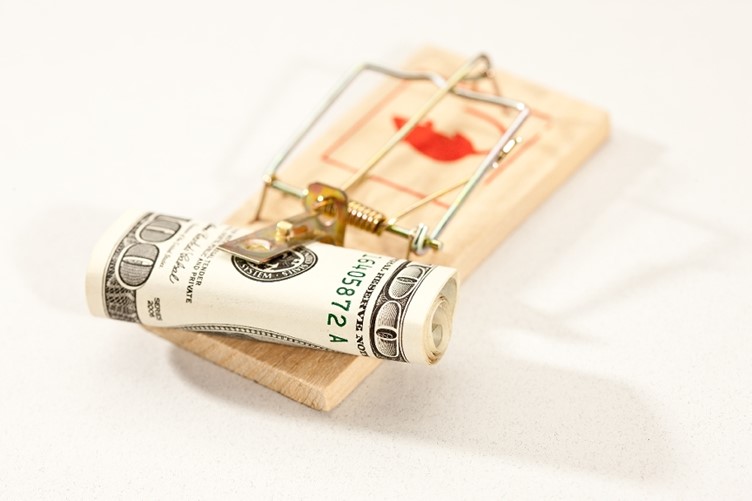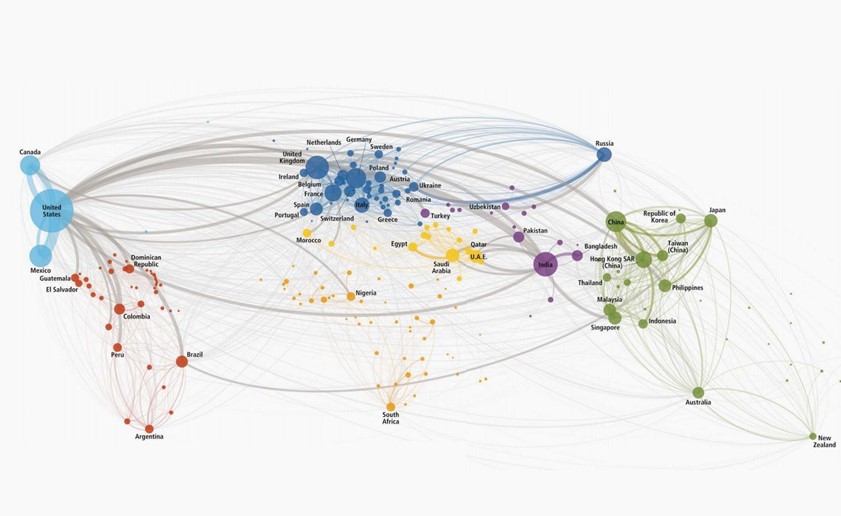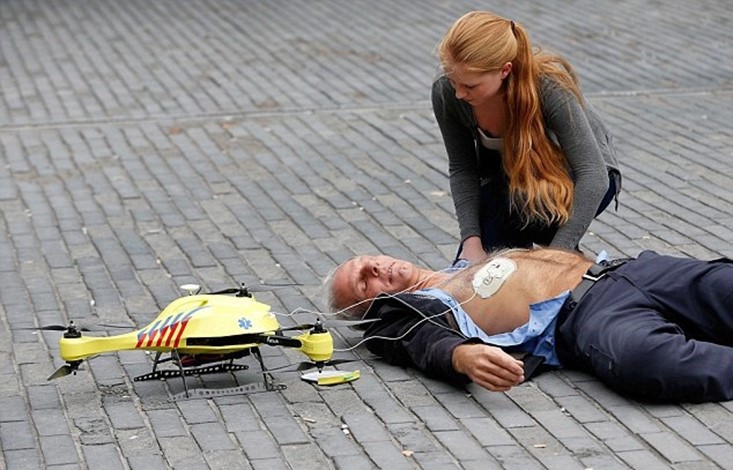What It Costs To Fight ISIS
November 13, 2014 in Daily Bulletin

Uri Friedman took a look at the money being ponied up by the US in the fight against the group commonly known as ISIS:
- The first airstrikes against ISIS began roughly 100 days ago, and the US has spent about $800 million on the campaign.
- This comes out to $8 million a day, or $300,000 an hour to fight the extremist group in Iraq and Syria.
- This is a bargain compared to the $200 million a day that the US spent during its 13 year campaign in Afghanistan.
- Analysts note that if the US wants to destroy rather than merely degrade the terrorist group it will have to massively expand its military and financial commitment.
Read about the confusion over when the battle against ISIS truly began, different ISIS battle scenarios, and difficult questions facing the American government here.
Source: The Atlantic









Join the Discussion! (No Signup Required)